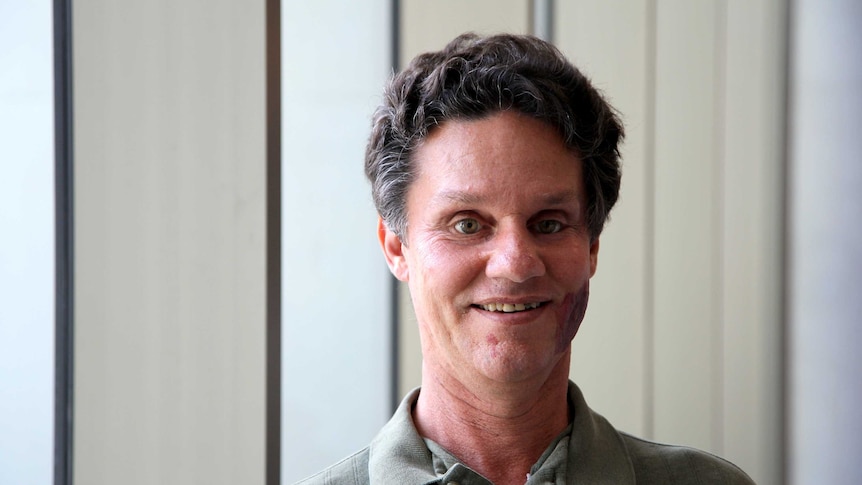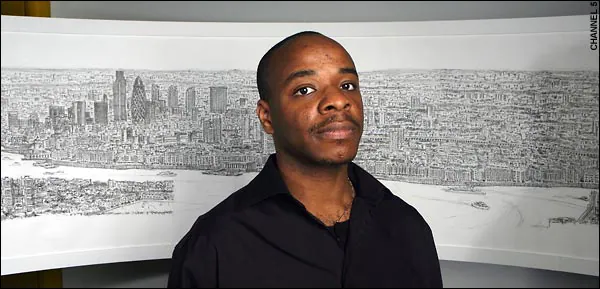Superhuman abilities have long been the subject of myths, legends, and comic books. However, some individuals have demonstrated extraordinary capabilities that seem to border on the superhuman. Here are five documented cases of such individuals, their abilities, and the science behind what makes them so extraordinary.
1. Wim Hof – The Iceman

Ability: Extreme cold resistance
When: 2000s to present
Summary: Wim Hof, also known as “The Iceman,” has garnered worldwide attention for his ability to withstand extreme cold. He has climbed Mount Everest and Mount Kilimanjaro wearing only shorts, swum under ice for extended periods, and set numerous world records for cold exposure. Hof attributes his abilities to a combination of meditation, breathing techniques, and gradual cold exposure, which he claims can strengthen the immune system and improve overall health.
Science Behind It: Scientists have studied Hof and found that his methods can indeed help regulate body temperature and influence the autonomic nervous system. His breathing techniques, similar to hyperventilation, increase adrenaline levels, allowing him to tolerate cold and even suppress the normal inflammatory response to cold exposure.
2. Daniel Kish – The Human Bat

Ability: Echolocation
When: 1990s to present
Summary: Daniel Kish lost his sight at the age of 13 months due to retinal cancer, but he developed the ability to “see” using echolocation, much like a bat. Kish makes clicking sounds with his tongue and listens to the echoes that bounce back from objects around him. This allows him to navigate the world with remarkable precision, even riding a bicycle and hiking through complex terrain.
Science Behind It: Echolocation in humans involves the brain’s visual cortex, which typically processes sight. In Kish’s case, the visual cortex has adapted to process sound information, allowing him to create a detailed mental map of his surroundings. This neuroplasticity demonstrates the brain’s remarkable ability to rewire itself in response to sensory loss.
3. Stephen Wiltshire – The Human Camera

Ability: Photographic memory
When: 1987 to present
Summary: Stephen Wiltshire, an artist with autism, is known for his incredible ability to draw detailed and accurate representations of cityscapes from memory. After a brief helicopter ride over a city like New York or Tokyo, Wiltshire can produce a large-scale, highly detailed drawing of the city’s skyline, complete with accurate representations of thousands of buildings and streets.
Science Behind It: Wiltshire’s abilities are attributed to his unique cognitive processing as an autistic savant. While the exact mechanisms are not fully understood, it’s believed that his brain has enhanced visual memory and pattern recognition abilities. This enables him to recall and reproduce images with astonishing precision, a skill far beyond typical human capacity.
4. Isao Machii – The Modern Samurai

Ability: Superhuman reflexes and precision
When: 2000s to present
Summary: Isao Machii is a Japanese Iaido master known for his superhuman reflexes and swordsmanship. He has performed feats such as cutting a speeding BB pellet in half, a task that requires reacting to a projectile moving at over 200 miles per hour. Machii’s precision and speed with a sword are so advanced that they have been studied by scientists to understand the limits of human reflexes.
Science Behind It: Machii’s abilities are a combination of extensive training, muscle memory, and heightened perception of motion. His brain processes visual information and initiates movement far faster than the average person. Some researchers believe this might be due to a highly developed cerebellum, the part of the brain responsible for coordinating movement and balance.
5. Liew Thow Lin – The Magnetic Man

Ability: Magnet-like skin
When: Early 2000s
Summary: Liew Thow Lin, a man from Malaysia, became known as the “Magnetic Man” for his ability to stick metal objects to his body. He demonstrated this unusual skill by lifting heavy metal objects, such as cars, with his skin seemingly producing a magnetic field strong enough to hold them in place.
Science Behind It: While Liew’s skin was not truly magnetic, scientists discovered that his skin had a high degree of friction, which created enough suction to hold metal objects in place. The exact reason for this friction is unknown, but it challenges our understanding of human skin’s properties and raises interesting questions about the variability of human physiology.
The Science Behind Superhuman Abilities
Superhuman abilities like those seen in these individuals often arise from unique physiological or neurological conditions, extensive training, or a combination of both. The brain’s neuroplasticity, the body’s ability to adapt to extreme conditions, and the potential for genetic mutations all contribute to these extraordinary capabilities.
Possibilities and Future Research Of Super Humans
As our understanding of the human body and brain deepens, the potential for unlocking superhuman abilities becomes more plausible. Advances in genetics, neuroscience, and technology may one day allow us to enhance our natural abilities or even develop new ones. For now, these extraordinary individuals give us a glimpse into what might be possible, challenging our perceptions of human limits and inspiring future exploration.
